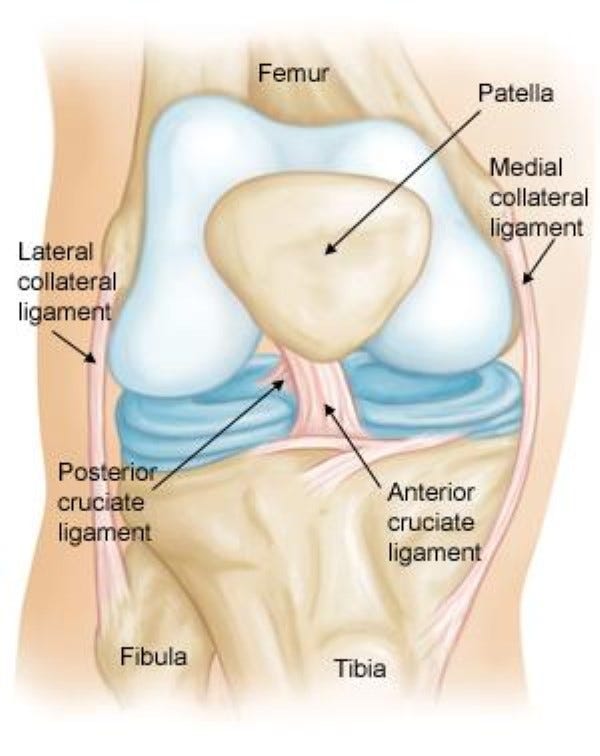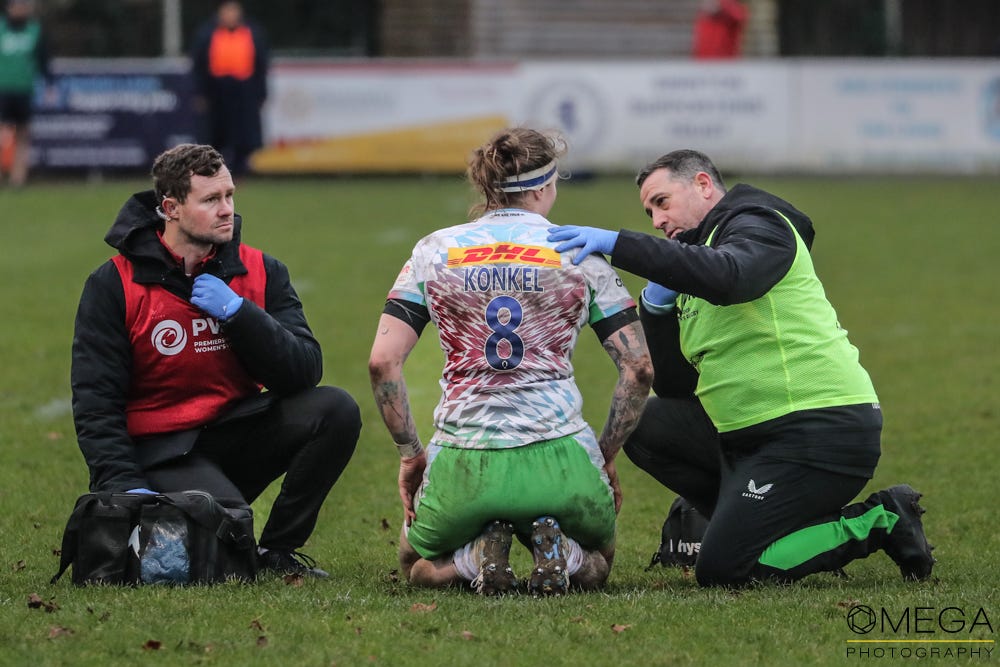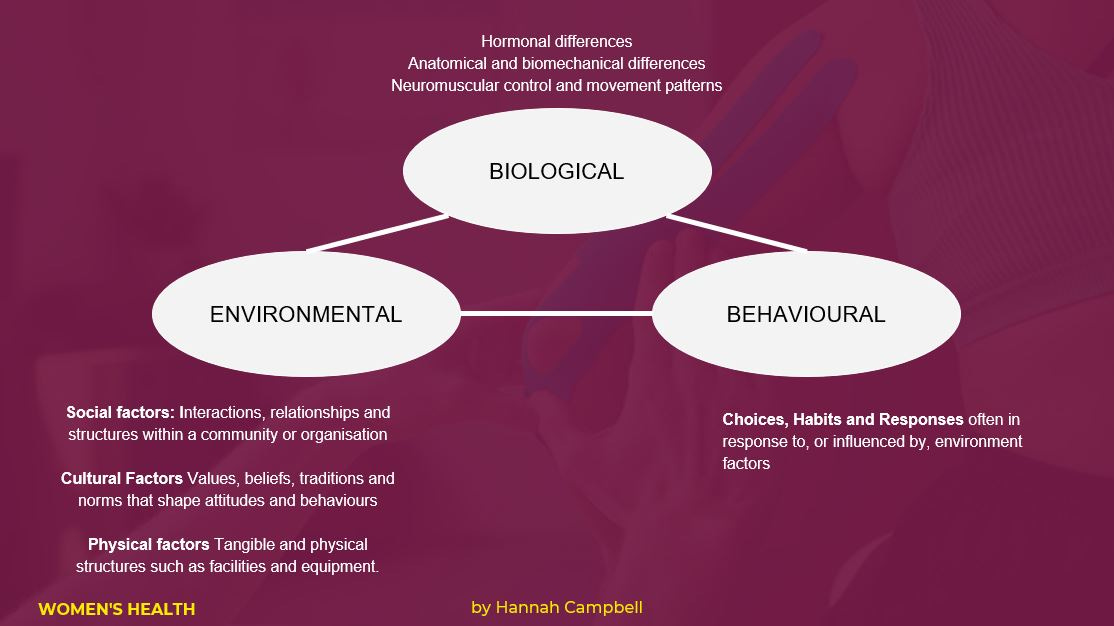Understanding ACL injuries and advocating for equity
Hannah Campbell is a Registered Clinical Exercise Physiologist. She explains what the ACL is. Hannah also gives tips on how increasing equality and equity at clubs can help reduce risk of injury.
I am a researcher interested in women’s and girls’ health in sport and physical activity. I am also lecturer in applied human physiology at the University of Leeds and am a Registered Clinical Exercise Physiologist.
The ACL (anterior cruciate ligament) is a ligament that attaches your thigh (femur) and shin (tibia) bones together to form your knee.
It runs diagonally from the front of your tibia to the back of your femur. It prevents your tibia from sliding forward, and with the PCL (posterior cruciate ligament), prevents the knee from twisting.

Why is the risk of ACL injury higher for women?
There are many reasons why females are more likely to injure their ACL. These risk factors fall under three categories: Biological, Environmental and Behavioural.
Women are biologically different from men. We are not simply smaller versions of them. Several internal risk factors, some modifiable and others not, contribute to ACL injuries.
Key biological differences between men and women, such as joint structure and foot anatomy, can increase the risk.
For instance, women tend to have rounder, smaller joints with sharper angles, particularly in the knee, and higher arches with narrower feet. These factors affect how we land after a jump.
However, these biological differences alone do not explain why women experience ACL injuries at a rate 4-8 times higher than men.
The lack of female-specific footwear, limited access to pitch priority, reduced strength training opportunities, and inadequate physiotherapy support on training and game days exacerbate these pre-existing risks.
Reducing the risk of ACL injury
At the individual level, there are some important things that women can do.
The first thing is strength training and technique development:
Weak hamstrings, glutes and postural muscles are a known risk factor for ACL injury regardless of gender.
Focussing on strengthening these muscles in a squat position is important. Most ACL injuries occur in a crouched position often either landing or when changing direction.
In football, the FIFA 11+ program has been shown to reduce ACL injury rates by approximately 45% when performed consistently and correctly.
Purchasing female specific footwear and getting a proper bra fitting is also important. Excessive breast movement has been shown to alter technique and increase the rate of fatigue, both also risk factors for injury.
There is also a role for advocating for equity in women’s sport and physical activity. There are many clubs in which the male first and second team have a physio at training and at matches, whereas the women’s team have none.
Women should also have access to the same high quality pitches as the men’s team.
Training proper technique is really important, particularly in jumping and cutting movements.
Incorporate strength training and proprioceptive training. Have a proper warm up prior to training and matches that focus on activating the hamstring’s, smaller glute muscles and core is also really important.
What can clubs do?
Creating equality and equity between women and males’ teams is so important. Equity is different to equality.
Equality is a great start, this would be for example, the women’s team having access to a physio at training and matches, the same as the male team.
However, equity would be having a female physio who is trained specifically in women’s health available at all trainings and matches.
Women need to be empowered to build strength and engage in sports from an early age, and stay involved through adolescence.
It’s crucial for women and girls to understand their bodies and embrace their identity without shame or embarrassment.
Clubs must actively promote women's and girls' participation and prioritize their health in a positive and supportive environment.
More info:
Check out the Activate programme and how to add the exercises into your training
Check out the previous article on ACLs and the WRU exercises you can add into training
If you’re unable to sign up for regular paid subscription, you can still buy me a coffee.




